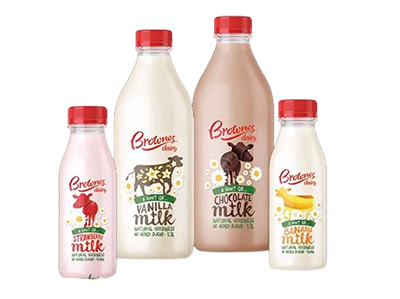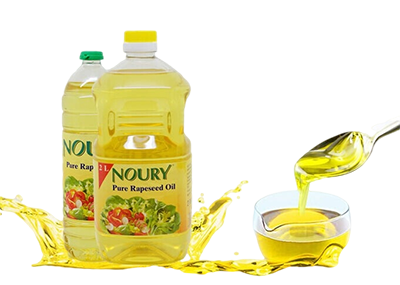In this article, we will explore different types of beverages and the suitable automatic filling machines for each. This will help you choose the right filling equipment based on the beverage’s characteristics and packaging needs. Why is this important? Choosing the right machine can boost production, reduce waste, and ensure product quality, which is crucial in the beverage industry. By understanding the features and functions of various machines, as well as their roles in the packaging process, you can find the best and most cost-effective machine for your needs.
Overview of Common Beverage Types and Their Filling Needs
When considering the purchase of a filling machine, there are several factors that affect liquid filling. First is the viscosity of the liquid, followed by whether it contains gas, its foaminess, and the presence of tiny solid particles.
1. Viscosity Classification:
Fluid: Liquids that flow freely in pipes due to gravity, with a viscosity of 0.001-0.1 Pa·s, such as milk, soft drinks, and alcoholic beverages.
Semi-fluid: Liquids that require both gravity and external pressure to flow, with a viscosity of 0.1-10 Pa·s, such as condensed milk, syrups, and ketchup.
Viscous fluid: Liquids that cannot flow by their own weight and need external pressure, with a viscosity above 10 Pa·s, such as sauces and jams.
2. Gas Content Classification:
Carbonated (CO2) liquids: Carbonated beverages with alcohol, known as hard drinks, like beer.
Non-alcoholic carbonated liquids: These are soft drinks, like soda.
Non-carbonated liquids: Products without gas, such as liquor and vinegar.
Types of Filler Machines and Their Applications
Next, we will provide a brief introduction to common filling machines with capacities ranging from 150 to 2000 ml. For more details, feel free to leave us a message.
Magnetic pumps can be used for filling liquids with good flow properties.

Piston filling machines are suitable for handling thicker liquids and well-flowing liquids, such as water, honey, and sauces. This is a standard configuration in sauce packaging lines. Thicker materials require heating and stirring equipment, but the liquid must not contain large particles, as this could cause blockages. The machines can accommodate bottles of different diameters by adjusting the conveyor width and filling volume.

The 18-head micro negative pressure filling machine is primarily designed for filling edible oils, vinegar, and soy sauce, with a speed of up to 2000 bottles per hour (based on 1000 ml PET bottles).

This machine features a rotating filling design, significantly reducing space requirements. It uses vacuum principles to accurately fill bottles. The filling valve opens only when a bottle is present, allowing the material to enter while air in the bottle is expelled through a separate channel, preventing contamination. After filling, a small amount of liquid is collected in a return tank via a vent, and it is pumped back to the filling station. The special filling valve design ensures fast filling and stable liquid level control.
The gravity filling machine (6 nozzles) uses a linear approach for both filling and emptying, allowing effective filling of various container shapes. It is equipped with imported gas filling valves to prevent leakage and drips during the process. Powerful PLC software supports optimal filling operations, and all controls are managed via a touch screen interface.
This high-tech filling equipment is controlled by a programmable microcomputer (PLC) with optical sensors and pneumatic actuators. It is specifically designed for food products, such as liquor, soy sauce, vinegar, seasonings, cooking oil, syrup, and mineral water, as well as agricultural chemical liquids. It offers precise filling measurements with no bubbles or leaks and is suitable for various bottle types, including irregular shapes.

Tips for Choosing the Right Filling Machine
When choosing a filling machine, there are several important principles to keep in mind:
1.The filling machine should effectively serve your production process and be selected based on the properties of the liquid (viscosity, foaming, volatility, etc.). For juice products, it’s best to use a vacuum filling machine to minimize air exposure and ensure product quality. For sauces, a mechanical extrusion filling machine is ideal, while gravity filling machines are suitable for low-viscosity liquids like milk.
2.The filling machine should ideally be versatile and capable of handling multiple products. Since food factories often produce a variety of items in limited space, the machine should adapt to different product types.
3.The filling machine should have a high production rate while ensuring the quality of the filled products.
4.The filling machine should improve working conditions and help lower production costs.
5.The filling machine should be easy to operate and maintain.
Filling machines are generally used in conjunction with bottle washing machines, bottle labeling machines and capping machines, which we will introduce in the following article.
